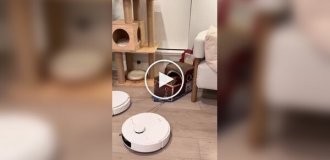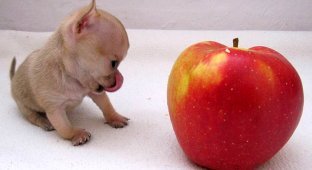Meet the baby mouse - one of the smallest mammals on Earth. For these kids, the grass stems are like trees, the trunks of which they climb up. 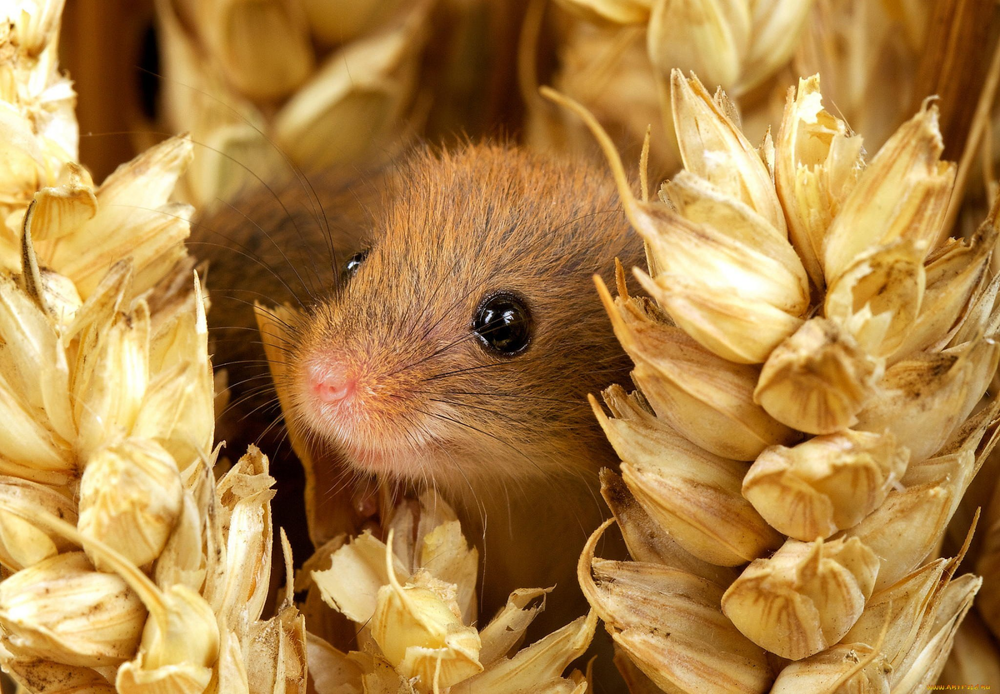
When you're little, the world looks different. The sun is bright, mom is stronger than anyone in the world, and the trees are so big! Now imagine that you are small forever, and no one can help you grow up. And you don’t even need to imagine tiny mice, they are the smallest rodents in the world!
The tiny mouse is so small that scientists decided to note its growth even in its Latin name - Micromus minitus (literal translation: small micromouse). This is not surprising: the largest representatives of the species barely reach 13 centimeters. And half of this length is in the tail! A well-fed baby male weighs about 10 grams, like an adult cockchafer. And their children are completely microscopic - weighing only 700 milligrams of a pink hairless body! 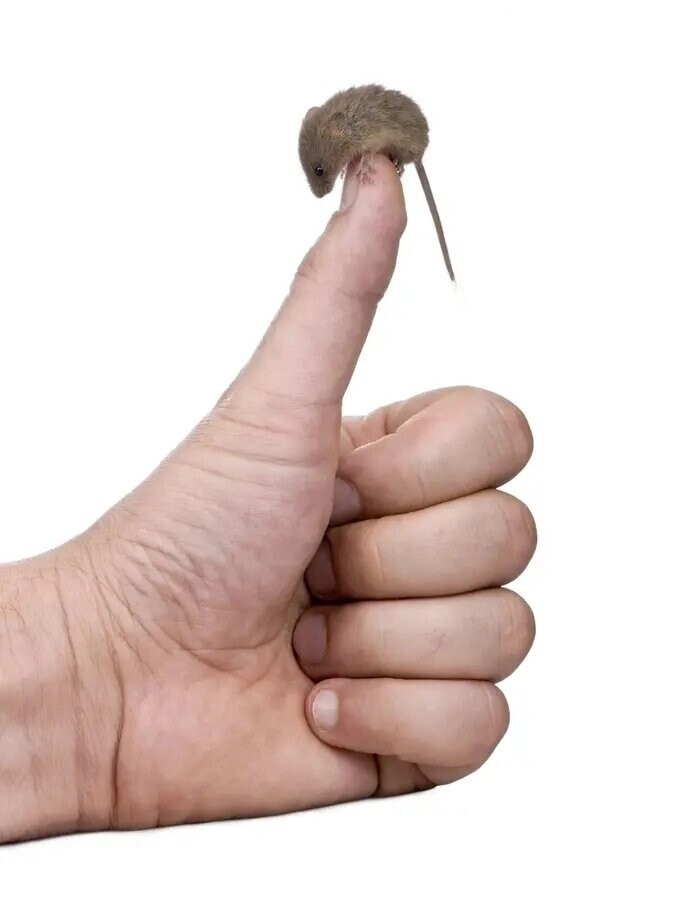
Of course, such a little thing has its own view of the world. For her, forests are something huge, scary and basically unknowable. But the meadows overgrown with cereals, although they look like tropical wilds, are much more suitable for living. Therefore, the mouse is most common in the forest-steppe zone of Eurasia, but is rarely found further north: through clearings and floodplain meadows it even reaches the middle taiga. 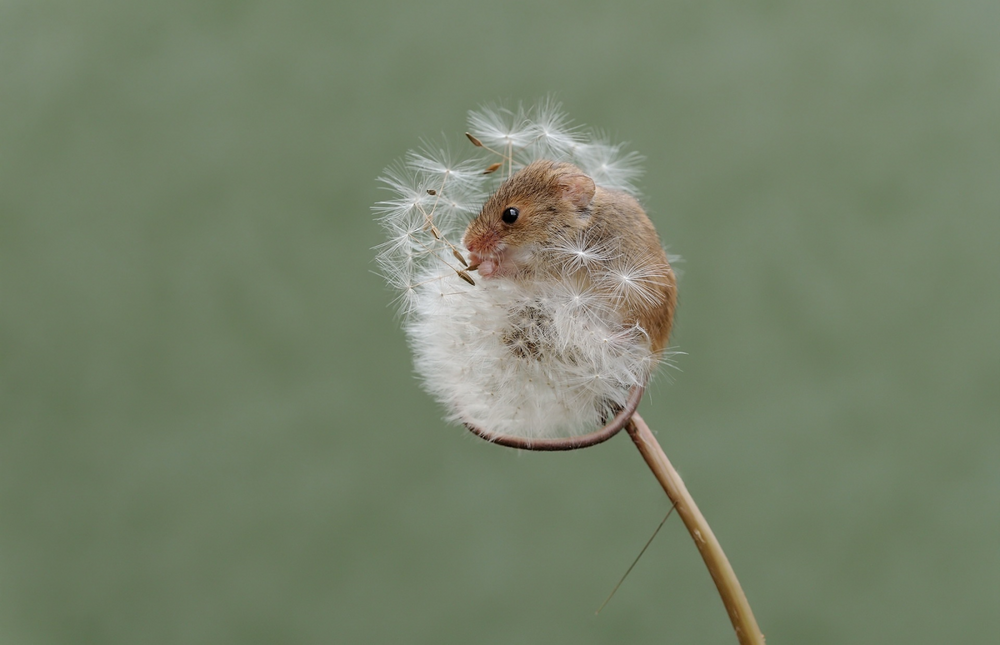
And if you imagine that tall grasses are trees, then the little one turned out to be an excellent inhabitant of the upper tier of the forest. This mouse loves to climb grass stems. She was so successful at this that she acquired the habits of a monkey. The rodent uses the tail as an additional limb on which to hang. This is especially useful when eating grains directly from the spikelet. 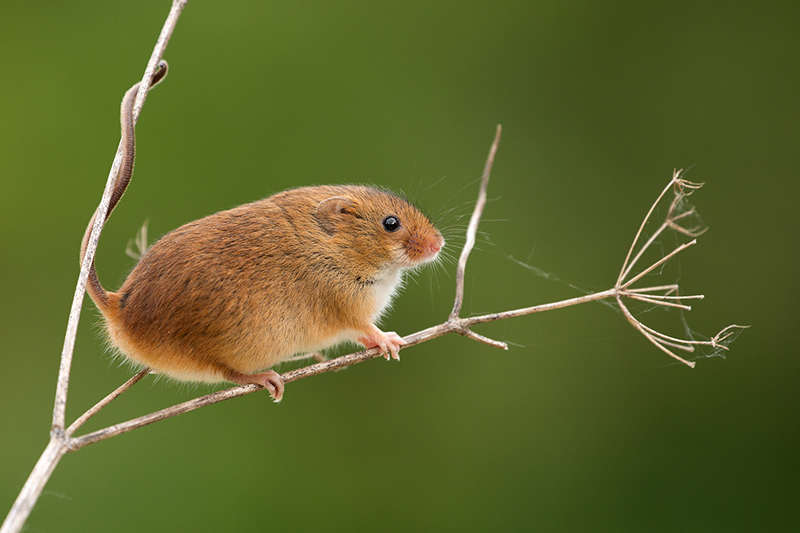
Micromice even live on “trees”; they create three-layer spherical nests. The outer layer is represented by intertwined leaves, the middle one is lined with wool, and in the center there is warmth - from 5 to 9 mice. You cannot enter the nest the usual way. Every time the mother wants to feed the offspring, she needs to unravel the leaves, climb inside and close the passage. Thus, it protects children from parasites and predatory insects. 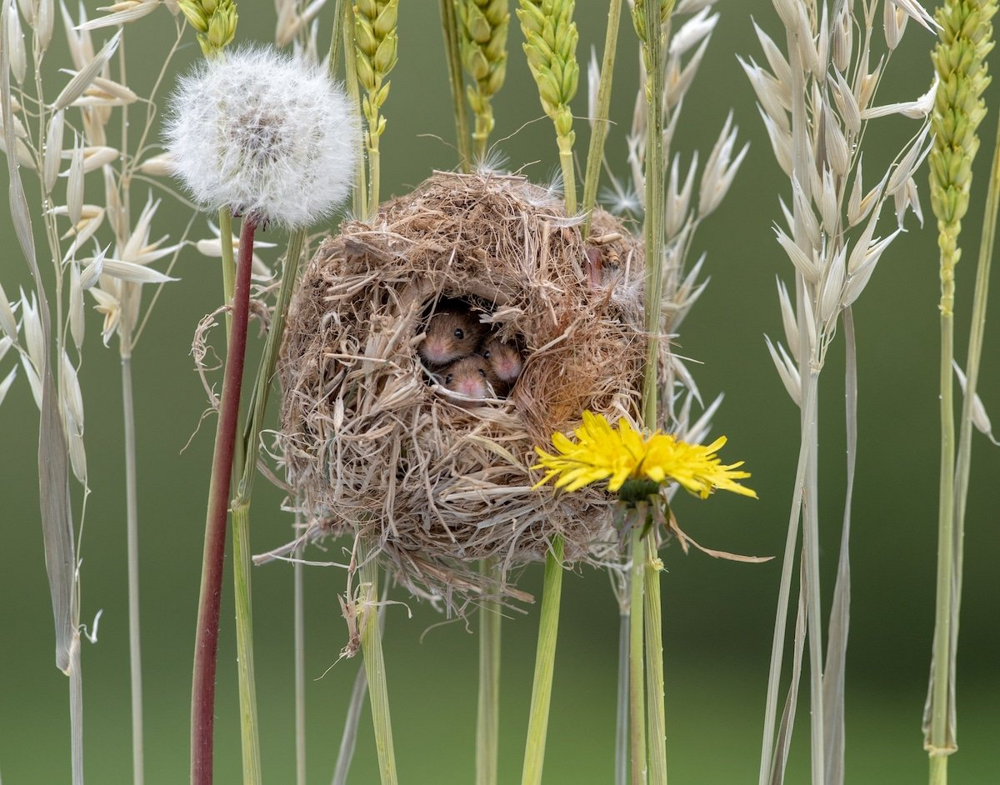
And the cubs have to be fed 24 hours a day. One good thing is that mice are active both day and night. They just fall asleep for 10-15 minutes every few hours. Therefore, such a daily routine is within the mother's power. So strong that females give birth 2-3 times per season. The full cycle of raising offspring, from fertilization to the release of the mice from the nest, takes only 30-35 days. And if this is the first litter of the year, then the mother has a chance of becoming a grandmother in August. 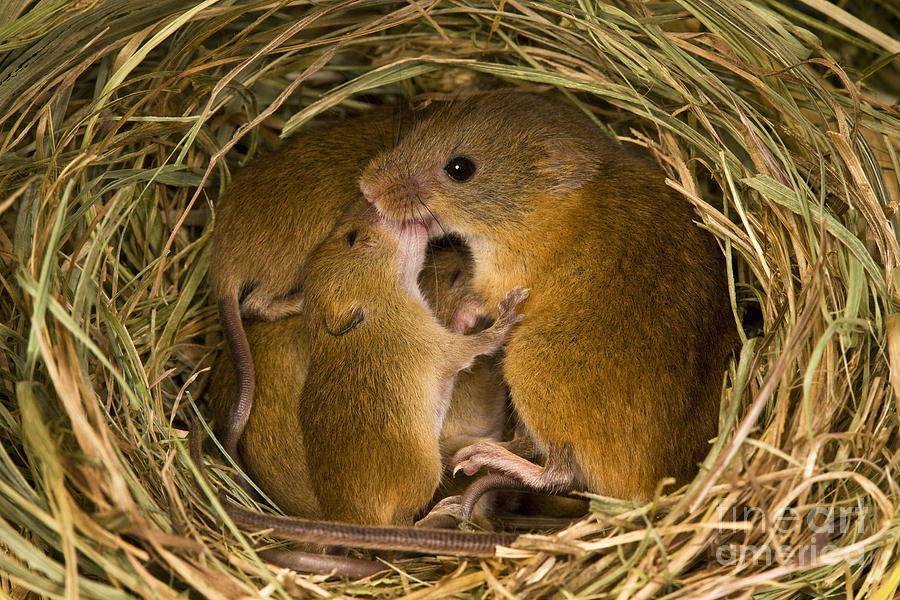
The way of life changes dramatically in the fall, when the grass withers and dies. There is no time for reproduction here. We would like to survive on our own. The chances of this happening are low: no more than 20% of individuals survive to their first birthday. To achieve even this chance of survival, you need to radically change your lifestyle. Instead of spherical houses there are other people's holes and human sheds. Instead of a quiet solitary life - a colony of their own kind. 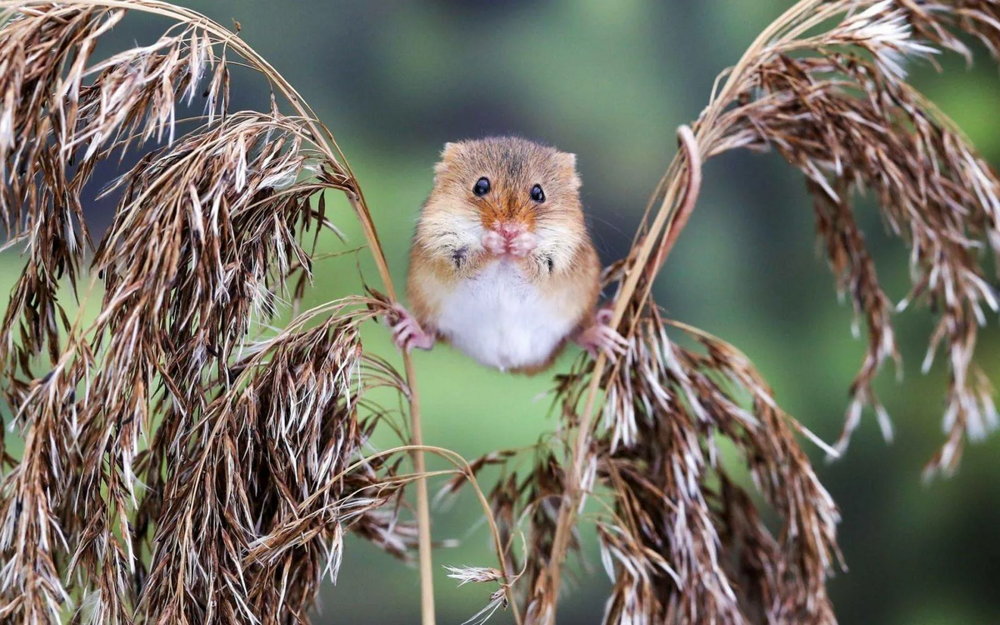
But babies don’t even go into hibernation! Several times a day they have to leave their shelters in search of food, which is extremely dangerous. The winter spaces are patrolled by hungry meat-eaters. All small predators hunt mice! 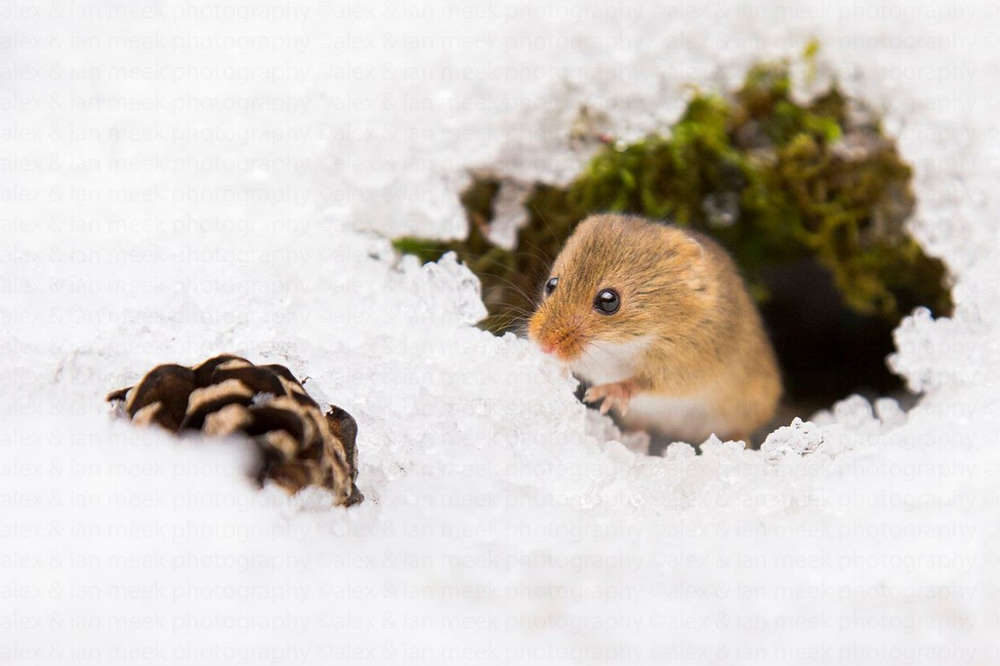
If the animals manage to survive the winter, the first thing they will do is run away from each other. Females disperse throughout the area, but males set up a full-fledged swarm for the territory. The accumulated stress makes itself felt. By mid-summer, their aggressiveness will subside, but rodents do not allow same-sex relatives to approach them. They will have time to live in cramped conditions and resentment next winter!
Add your comment
You might be interested in:




